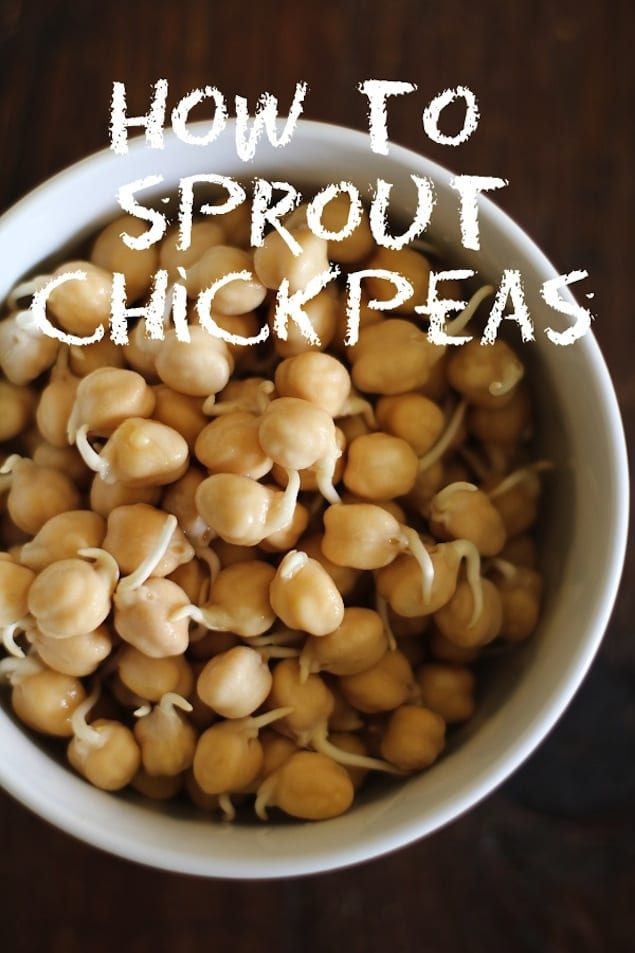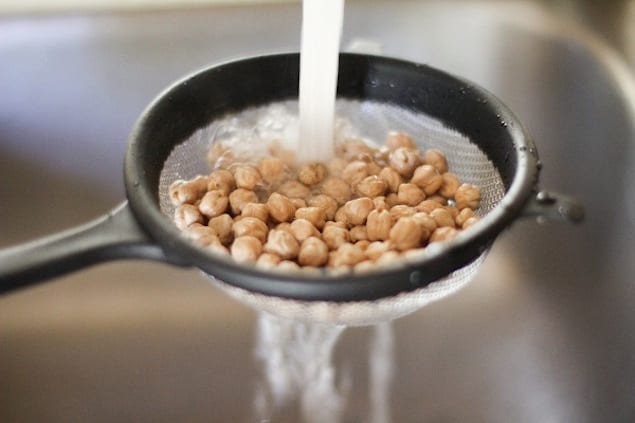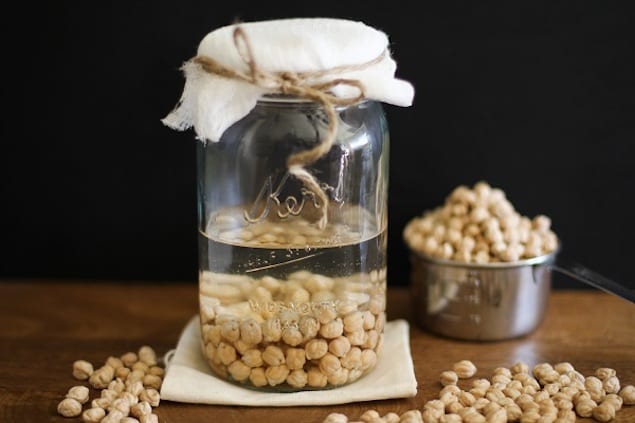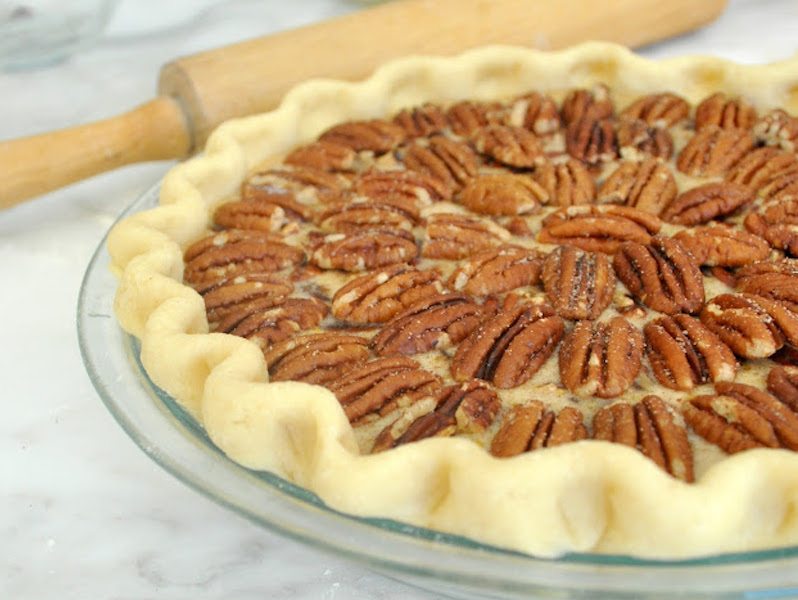As a fitness and nutrition enthusiast, Julia writes a food…
The process of sprouting neutralizes the anti-nutrients and also unleashes Vitamins and minerals that are trapped inside of the food. You can add sprouted beans and legumes to any salad, or even plant them in your garden to grow.
By Julia Mueller

Sprouting chickpeas, (or any bean, grain, seed, and/or nut) is a fabulous idea. Legumes and grains have anti-nutrients inside of them which help protect them in nature but also make them difficult to digest. The process of sprouting neutralizes the anti-nutrients and also unleashes Vitamins and minerals that are trapped inside of the food.
Sprouting can be done in the comfort of your own home any time of year. Those who eat a raw food diet tend to be big on sprouted grains and typically have batches of various grains, nuts, seeds, and legumes sprouting at any given time. You can add sprouted beans and legumes to any salad, or even plant them in your garden to grow. Many people sprout grains in order to grind them into flour for baking sprouted grain bread. It’s incredibly easy to sprout a whole food, there are a myriad of uses for them, and it’s fun to see the little guys come to life.
The process I have described below is the same exact process you will use to sprout other legumes, grains, seeds, and nuts. The time it take sprout something from start to finish is dependent slightly upon the type of food you are sprouting, but mostly on the temperature of your home. You’ll become a sprouting fool before you know it! Do note: you can sprout at home any time of year.
How to Sprout Chickpeas:
Rinse your dry, uncooked chickpeas (garbanzo beans) under lukewarm water. Pour them into a large glass jar and cover with 2 to 3 inches of water. Cover the jar with cheesecloth bound by a rubber band.

Allow the chickpeas to soak for 24 hours in a dark spot (a cupboard or closet works perfectly). Strain the water and rinse the beans well. Rinse the glass jar out well and place the chickpeas back in the jar, making sure the chickpeas are moist, but not overly drenched. Be sure they are not submerged in water, or else they won’t sprout. Cover the jar again with cheesecloth bound by a rubber band and lay the jar on its side in a dark spot.
Rinse and drain the chickpeas 2 times each day, placing them back in the jar, until they sprout. This usually takes 2 to 3 days, but the warmer your house is, the quicker the beans will sprout. If you’d like to make seedlings for growing in your garden, allow the grains to sprout for a few more days until small green leaves emerge.
Once your beans have sprouted, you can add them to your salads.
As a fitness and nutrition enthusiast, Julia writes a food blog called The Roasted Root, where she share recipes that are mostly vegetable and meat based along with stories of her travels and day-to-day activities. Julia loves enjoying fresh home cooked meals with her friends and family, and the process of developing recipes, photographing, and sharing them.




